Owen Lynch meets Marimekko’s fashion designer, Piirainen, to discuss the evolution of a brand steeped in history and the challenges it faces in a new era
November 12th, 2012
When a brand as matchless as Marimekko readies itself for significant global expansion at the ripe old age of 61, you can’t help but admire the quiet determination and infectious confidence of the people driving this vibrant Finnish export.
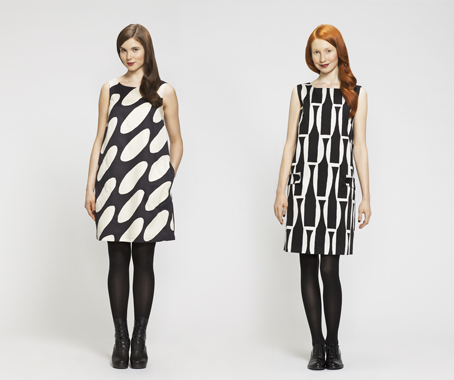
In Sydney recently for the opening of Marimekko’s first Australian store, (and the southern hemisphere for that matter), was Marimekko’s ebullient fashion designer: Mika Piirainen.
“I’m very happy to see Marimekko in Sydney. Ever since my first trip to Australia I knew this was one of the best markets for Marimekko, you guys have the same outdoor sense of happiness and colour and you’re carefree…. As relaxed as Marimekko is,” he declares when we meet at the sleek new flagship store on King Street.

“I tried early on to bring Marimekko here,” he continues, citing the brands internal structuring at the time as a hurdle, “but four years ago with Mika Ihamuotila taking over (as CEO) one of my first discussions with him was to push into the Australian market and now, here we are!”
A serendipitous occasion for Piirainen as much as it was for the brand because of his close ties with the country. Having worked for Marimekko since graduating from Lahti Institute of Design in Helsinki and Ravensbourne College in London, Piirainen took up his design position with Marimekko in 1994.
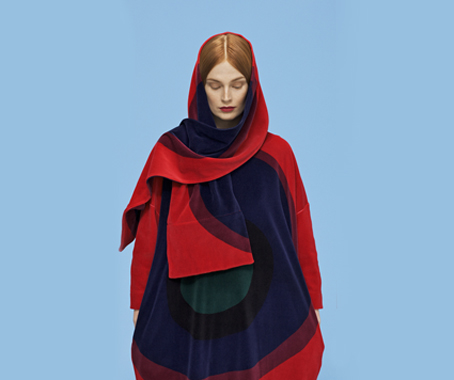
Taking a sabbatical midway through his time with the company he travelled extensively, ultimately wending his way to Australia, Piirainen fell in love with a place so removed from his homeland that he put down roots for a period.
“I worked freelance from here, I was still doing bags and designing, but I was also working part time as a landscape gardener… I like plants and I love nature and you can see that in my work. It was hard work but over here everything grows so quickly, back home you have to wait ten years for something to mature, here we see change in two weeks!”
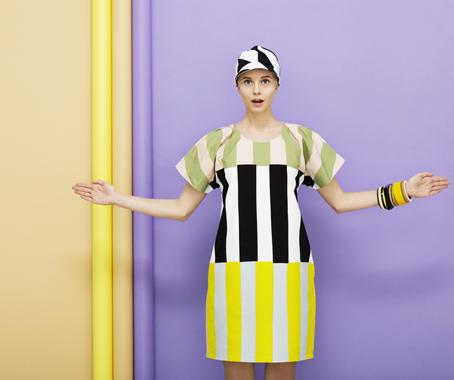
Buoyed by his contact with a ’new nature’ here and in Brazil, Piirainen returned to Finland with a broader environmental experience, one that finds presence in almost all of his collections.
Both abstract and literal representations of nature have been a consistent theme in Marimekko’s prints dating back to 1951. This healthy regard for changing environments now also plays through the brands design philosophy, informing the types of goods that they produce for their diverse consumer base.

Whilst Japan has long proven a lucrative market for the print and home wares manufacturer, the resurgence of the brand in a Western arena has seen the evolution mirrored in Hong Kong and mainland China, with demand increase beyond initial expectation for the region.
“One of the biggest considerations we’re facing are sizings,” states Piirainen, explaining that for the first time the brand is re-designing market specifically, to respect the anatomical variance in shape and proportion. This manifests itself in subtle redesigns such as neck-hole shapes and torso lengths.
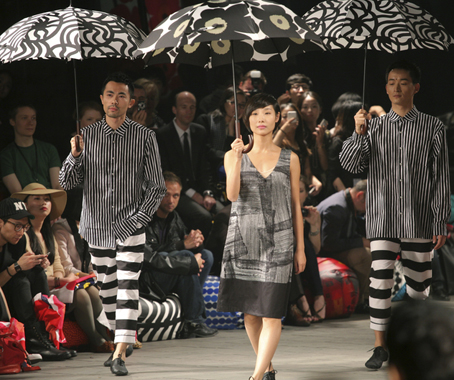
Marimekko, Shanghai October 2012
“We now are at a point where we also have to address weather considerations and look at the possibility of special collections” he says, citing Hong Kong’s seasonal humidity as one example of heavy European fabrics no longer being suitable across the board.
But this challenge of adaptation and evolution is what keeps the process invigorating for Piirainen and his team. With over half of each collection dipping into the almost limitless endless print archives at Marimekko’s Helsinki headquarters, the rest of the prints released each year are new designs produced in-house and applied to textiles, clothing, home wares and starting in 2013 – aircraft interior trimmings for Finnair.
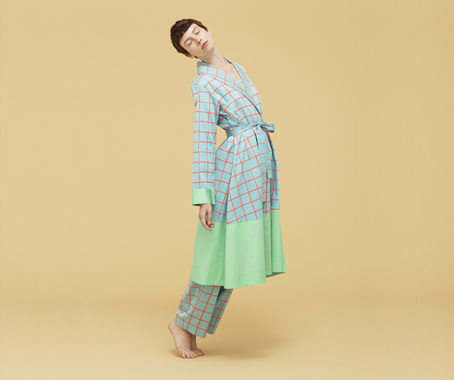
When pressed on his preferred approach to the design process, when considering the vibrancy of each print working sympathetically with the form and shape of each piece:
“I look back through books and photos for old prints, there was one that we had where no original pieces were left, so we had to sketch again from the very beginning, it was ’Helsinki-Helsingfors Print’ designed in 1952 by Per-Olof Nyström. Nystrom’s daughters held the copyright and we only had a photo of a swatch but we couldn’t see the repeat – it was like a puzzle. We had to restart the hand-drawing process”.

The only remaining reference for the Helsinki-Helsingfors print by Per-Olof Nyström, 1952
Mindful of the copyright and a desire to maintain authenticity, under Nystrom’s estate’s watchful eye Piirainen and team painstakingly resurrected a lost classic – Once they were satisfied with the outcome, two years had passed. The design was realeased to commemorate Helsinki’s naming as World Design Capital 2012.
“I always get tempted with the ones I can’t find easily, the ones that are rarer, more difficult to find. I try to bring them alive, I like the detective work.” he explains
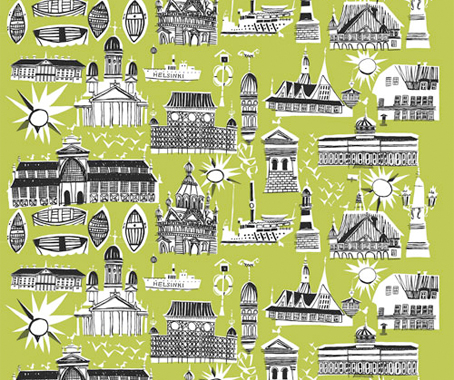
The recreated Helsinki-Helsingfors production print for World Design Capital 2012
“I found some prints that have never really been printed or been in production they were only a one-screen print. I like to find old prints and move on with them – give them new life, revisiting the forgotten.”
Despite all the expansion in recent years and the rich history that the brand enjoys, it is Marimekko’s consistent and incomparable product that forms the bedrock for their success across such varied markets.

A healthy disregard for ’trend’ and a steadfast commitment to their simple colour and pattern-driven aesthetic have ensured they ride a wave of nostalgia with one generation, whilst attracting an avid following across new borders and new consumer age-groups through smart diversification of product and accessory lines.
In 1964 Maija Isola bucked the company’s design code of never printing florals by producing what is now her iconic “Unikko” poppy print. Piirainen reassures that this tenacious approach still forms the backbone for all Marimekko design decision making:
“If I hear ’you can’t do that’ then I am doing the whole collection like that – We’re all a little rebellious in the company.”
Marimekko
INDESIGN is on instagram
Follow @indesignlive
A searchable and comprehensive guide for specifying leading products and their suppliers
Keep up to date with the latest and greatest from our industry BFF's!
The new range features slabs with warm, earthy palettes that lend a sense of organic luxury to every space.

Welcomed to the Australian design scene in 2024, Kokuyo is set to redefine collaboration, bringing its unique blend of colour and function to individuals and corporations, designed to be used Any Way!

London-based design duo Raw Edges have joined forces with Established & Sons and Tongue & Groove to introduce Wall to Wall – a hand-stained, “living collection” that transforms parquet flooring into a canvas of colour, pattern, and possibility.
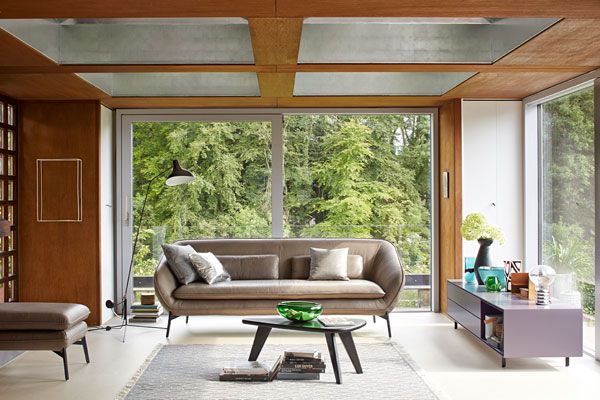
Distributed in Australia by DOMO, the This Weber collection by Team by Wellis revolves around clean lines and dynamic, statement-making pieces.
The internet never sleeps! Here's the stuff you might have missed

As French-Lebanese Architect Lina Ghotmeh prepares for lectures in Melbourne and Sydney, we hear about the philosophy shaping her internationally celebrated practice.
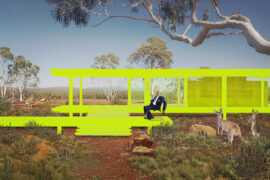
As the next event in a series of discussions centring on Richard Francis-Jones’ book comes to Brisbane, we hear directly from the speakers on fences, villas and the importance of critical community.